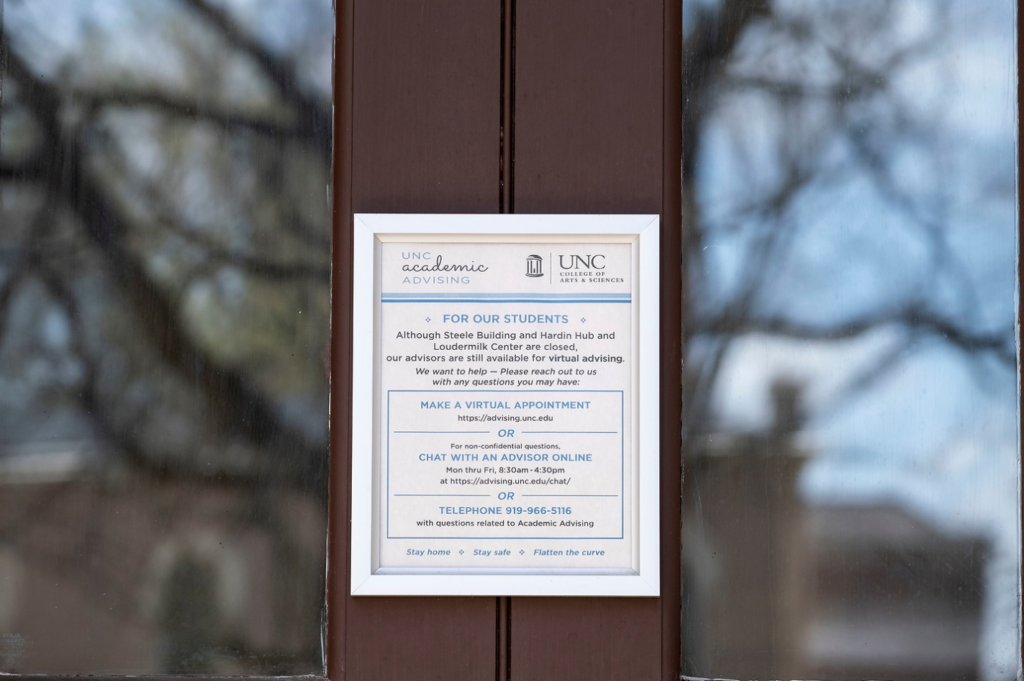Pandemic Priorities
Project Background

The disruption of the Covid-19 pandemic prompted many students to forgo or delay college, but the pandemic may also have shaped the decisions of students who still chose to enroll in college. In general, students decide whether and where to go to college in part by weighing the expected costs of college against the expected benefits. The pandemic upended this calculus in several ways. First, it derailed students’ finances, educational experiences, and mental health. Second, it largely prohibited students from visiting college campuses, limiting students’ ability to gather information about unfamiliar schools. Finally, most colleges dropped admissions test requirements, eliminating a barrier that keeps many students from enrolling in selective colleges. Together, these changes resulted in students having an unusual level of uncertainty and unusual a lack of clarity about the value of applying to and enrolling in college, especially at unfamiliar institutions.
Aims/Goals
Given the many ways the pandemic could have disrupted the college-going trajectories of students, the broad goal of this project is to produce a sophisticated description of those changes along the path from high school to college for students in North Carolina. This project will study the influence of the pandemic on the college preparation, application, and enrollment activities of North Carolina’s high school students. We will use data from NCDPI—which include data from the National Student Clearinghouse (NSC)—to explore college-going and choice across the nation as well as data from the UNC System to provide additional detail on patterns of application and enrollment across the 4-year public colleges in North Carolina.
Potential Outcomes/Impact
We aim to provide educational leaders across the state with a clear and comprehensive understanding of how the pandemic changed North Carolina’s students’ college-going behaviors, particularly related to their choices about whether and where to enroll in college. This information will be important as policymakers decide on whether and how to support and expand recovery efforts when faced with future, systemwide disruptions like COVID-19. At the local level, this information will provide leaders with evidence to examine how their efforts to combat pandemic learning loss could be better targeted to those most in need.
People
- Daniel Klasik
- Steve Hemelt
- Sarah Fuller
- Matt Springer
- Tom Swiderski
Publications
Updates coming soon